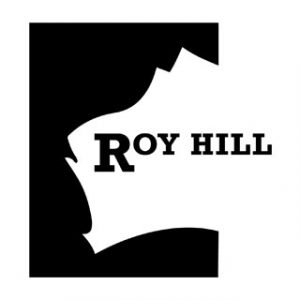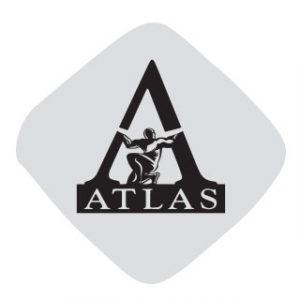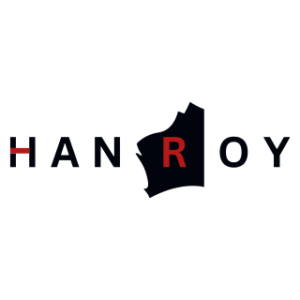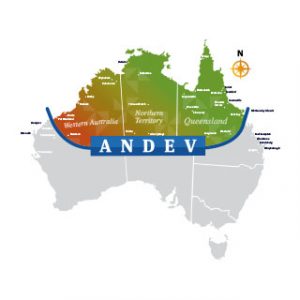
Article by John Leicester & Megan Janetsky, courtesy of The West Australian.
A hot-air balloon brought an Olympic ring of fire into a rainy sky and singer Celine Dion sang her heart out from the Eiffel Tower as Paris kicked off its first summer Olympics in a century on Friday night, with a four-hour-long, convention-breaking opening ceremony along the Seine River.
Intermittent showers did not seem to hamper the enthusiasm of the athletes. Some held umbrellas as they rode boats down the river in a showcase of the city’s resilience as authorities investigated suspected acts of sabotage targeting France’s high-speed rail network.
With the ambitious ceremony, the stakes for France were immense. Dozens of heads of state and government were in town, and the world was watching as Paris turned itself into a giant open-air theatre. Along the Seine, iconic monuments became stages for dancers, singers and other artists.
That included the Louvre Museum, near where French judo champ Teddy Riner and three-time Olympic champion runner Marie-Jose Perec lit the Olympic cauldron, which was attached to a giant balloon that floated into the night — an homage to early French pioneers of manned flight.
Despite the weather, crowds crammed the Seine’s banks and bridges and watched from balconies, as Olympic teams paraded in boats down the waterway.
Many of the hundreds of thousands of spectators huddled under umbrellas, plastic ponchos or jackets as the rains intensified.
“The rain can’t stop us,” US basketball star LeBron James said, sporting a plastic poncho along with the other American flag-bearer, tennis player Coco Gauff.
Australia’s flag-bearers — canoeist Jess Fox, pictured inset above, and hockey player Eddie Ockenden — were in their element despite the conditions.
Eighty of the 460-strong Australian contingent who chose to participate were completely soaked but they didn’t seem to mind the weather — smiling, waving and dancing as they completed their journey almost two hours after Greece kicked the procession off.
Australia was the third-last boat in the fleet in a nod to Brisbane’s 2032 hosting duties.
The weather made for some bizarre scenes at the show, combining pre-recorded and live performances: a stiff- upper-lipped pianist played on even as small puddles formed on his grand piano. A breakdancer flipped her moves on the sheen of a rain-drenched platform.
Organisers said the weather forced them to scrap some elements of the show considered too dangerous in the slippery conditions.
Still, as global audiences tuned in, Paris put its best foot forward — quite literally, with a spectacular Olympic launch that lifted spirits and joyous French cancan dancers early on. A humorous short film featured soccer icon Zinedine Zidane, followed by plumes of smoke in French blue, white and red.
Lady Gaga sang in French in a pre-recorded bit, with dancers shaking pink-plumed pompoms, injecting a cabaret feel. From the Eiffel Tower, Dion closed the show with her first live performance since the French-Canadian singer was diagnosed with stiff person syndrome, a rare neurological disorder, at the end of 2022.
More than three hours into the show, French President Emmanuel Macron declared the Games open. In a gaffe before that, the five-ring Olympic flag was raised upside down.
French-Malian pop star Aya Nakamura, the most listened-to French-speaking artist in the world, emerged from a pyrotechnic display to sing her hit Djadja, accompanied by a Republican guard band of the French army.
The ceremony celebrated women, including 10 golden statues of female pioneers, which rose from giant pedestals along the river. Among them was Olympe de Gouges, who drafted the Declaration of the Rights of Women and the Female Citizen in 1791 during the French Revolution. She campaigned for the abolition of slavery and was guillotined in 1793.
The Paris Games aim to be the first with equal numbers of men and women competing.
The sprawling event gave organisers bigger crowds to transport, organise and safeguard than previous Olympic ceremonies in stadiums.
Thousands of athletes on 85 boats started the 6km parade on the Seine by breaking through curtains of water cascading down from Austerlitz Bridge. The jetting waters were a wink at the fountains of Versailles Palace, the venue for Olympic equestrian competitions.
Following Olympic protocol, the first boat carried athletes from Greece, birthplace of the ancient Games.
During the athletes’ waterborne adventure, they passed historic landmarks that have been temporarily transformed into arenas for Olympic sports.
Concorde Plaza, where French revolutionaries guillotined King Louis XVI and other royals, will now host skateboarding and other sports.
The golden-domed resting place of Napoleon Bonaparte, will be the backdrop for Olympic archery. The Eiffel Tower donated chunks of iron that have been inlaid in the gold, silver and bronze Olympic medals. They will be won in the 32 sports’ 329 medal events.
Paris’ aim, chief Paris Games organiser Tony Estanguet said, was “to show to the whole world and to all of the French that in this country, we’re capable of exceptional things”.













